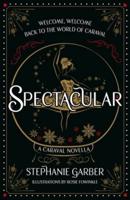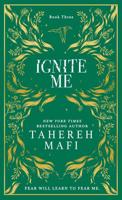Publisher's Synopsis
This historic book may have numerous typos and missing text. Purchasers can usually download a free scanned copy of the original book (without typos) from the publisher. Not indexed. Not illustrated. 1897 edition. Excerpt: ... INVESTIGATION OF SPACE-SENSATION CONTINUED.1 i. That space-sensation is connected with motor processes has long since ceased to be disputed. Opinions differ only as to how this connexion is to be represented. 2. If two congruent images of different colors fall in succession on the same parts of the retina, they are at once recognised as identical figures. We may, therefore, regard different space-sensations as connected with different parts of the retina. But that these space-sensations are not unalterably restricted to particular parts of the retina, we perceive on moving lTo my knowledge, the matter treated in the preceding chapter has not yet been discussed, except in three small works of my own. The considerations of the present chapter, moreover, are, for me, founded upon those of the preceding chapter. I indicate here the methods by which I have myself gotten clear regarding the sensation of space, without laying the least claim to that which has been accomplished by others in this direction, particularly by the theory of Hering, The extensive literature of this subject is, moreover, too imperfectly known to me to give exact references on all points. The point of Hering's theory which I regard as the most important I will especially notice. our eyes freely and voluntarily, whereby the objects observed do not change their position or form, although their images are displaced on the retina. If I look straight before me, fixing my eyes upon an object O, an object A, which is reflected on the retina in a, at a certain distance below the point of most distinct vision, appears to me to be situated at a certain height. If I now raise my eyes, fixing them upon B, A retains its former height. It would necessarily appear lower down if the...


























